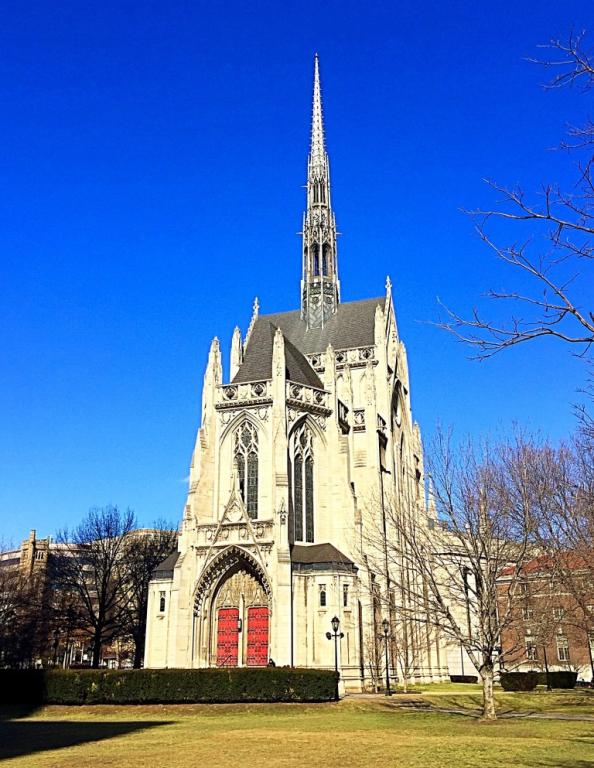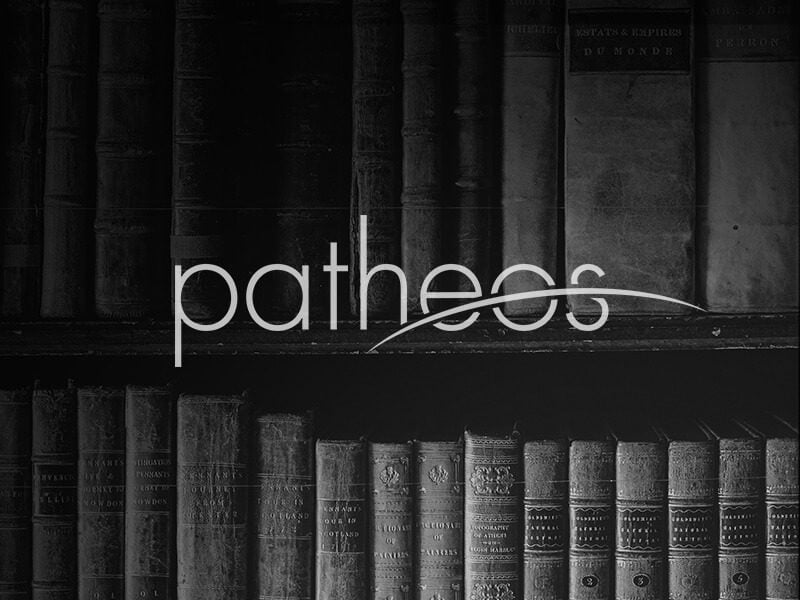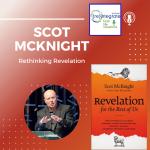“I have not failed. I’ve just found 10,000 ways that will not work.”

Dreams are strange things. The stories that run through our souls at night are more often than not impossible to recollect; it’s hard to remember them for ourselves, much less explain them to someone else. But there are other kinds of dreams, the ones that animate us for life, threading their way through who we and how we live. They too can be difficult to discern, but they are the most trusted paths in life, because they are the truest visions of vocation we have.
The words above are Thomas Edison’s, America’s most prolific inventor, who over the course of 50 years developed over 1000 patents. It is when he was asked how it felt to have failed so many times in his decade-long efforts at the invention of the light bulb, simply said that he had not failed, “I’ve just found 10,000 ways that will not work.” He could not not imagine and create, and then try it again, and again.
I thought of all this watching the film, Joy. The new story by David O. Russell, whose earlier films include Silver Linings Playbook and American Hustle, it is a remarkably insightful account of creativity and imagination and gumption and grit, together forming a vocation in the life of Joy Mangano, played by Jennifer Lawrence. Yes, there is a quirkiness to the film, which Russell intends, but I found myself increasingly intrigued by the way Joy’s earliest dreams of what she would do and how she would do what she did, played their way out through the years of her life.
The movie begins with a conversation between Joy and her older sister, Joy showing a paper house she has imagined and built, explaining that “This is this” and “That is that” to her older sibling who obviously is interested but also sad that she has never created anything like that, never ever imagining anything like that. 40 some years later, after “10,000” tries have been made, facing crises and difficulties that are painful to watch involving the complexities of frail family and frustrating work, Joy finally finds her way into an idea that makes sense to the world around— and the camera allows us to see her looking into the little box with her paper world still intact. She remembers, and we do too.
 “I’m still that little girl, dreaming of the world I want to live in. I’m still that little girl, creating and imagining, describing to myself what I love and why I love it.” The wisest people I know see these early seeds in our souls as ones that matter for understanding the choices we make over the years of our lives. How else do we explain that in one family, born of the same parents and shaped by the same circumstances, such different people come forth? Why is one a scientist, and one an artist, and one an entrepreneur, and one an athlete? Why does one love to dance, and one love to sing, and one love to draw? Why does one see herself as a helper of people in need from her earliest days, and one cannot not see the world around without imaging houses and streets and neighborhoods? Why is one a writer, and one a chef? The differences only go on and on.
“I’m still that little girl, dreaming of the world I want to live in. I’m still that little girl, creating and imagining, describing to myself what I love and why I love it.” The wisest people I know see these early seeds in our souls as ones that matter for understanding the choices we make over the years of our lives. How else do we explain that in one family, born of the same parents and shaped by the same circumstances, such different people come forth? Why is one a scientist, and one an artist, and one an entrepreneur, and one an athlete? Why does one love to dance, and one love to sing, and one love to draw? Why does one see herself as a helper of people in need from her earliest days, and one cannot not see the world around without imaging houses and streets and neighborhoods? Why is one a writer, and one a chef? The differences only go on and on.
My best shot is that our hearts and minds, souls and strengths, are very different, uniquely so. Vocations are not occupations, though they are integrally woven together. To know the difference and the difference it makes is critical, and much of the grief we experience is born of missing one for the other. Vocation is always the longer, deeper story of someone’s life; for Joy, she was always the creative creator of things she would make that the whole world would someday enjoy. Occupation is not that, but is more the way we describe the things we do along the way of life, entering into particular responsibilities and relationships that are ours, and while shaping and forming us, are more often than not signposts of the deeper vocation. They are not the point; they point to the point.
One reviewer of “Joy” began with these words, “It’s a Cinderella story, complete with mop.” Yes, all the way through, that is this story, telling the tale of the girl who struggled and struggled, again and again, but who finally invented the Miracle Mop, selling her dream to the world. Not all of us find our way to fortune, even with hope and hard work; it is a very broken world, and we are very broken people. But we are all dreamers, longing for lives that are about something that matters. That is what vocation is, and it is written into the hearts of everyone everywhere– and in a mysterious way that is also profound, it is at the heart of our humanness made in the very image of God.
For more from Steve Garber, check out his Commons Blog from the Washington Institute for Faith, Vocation and Culture.












